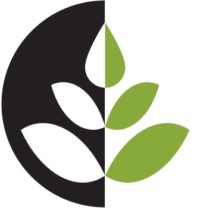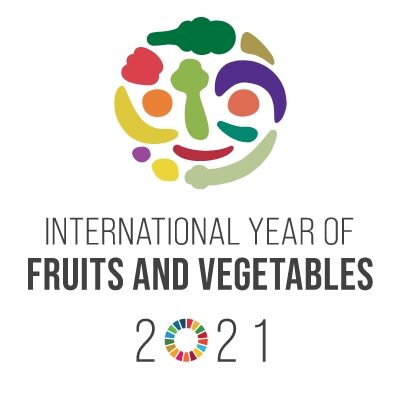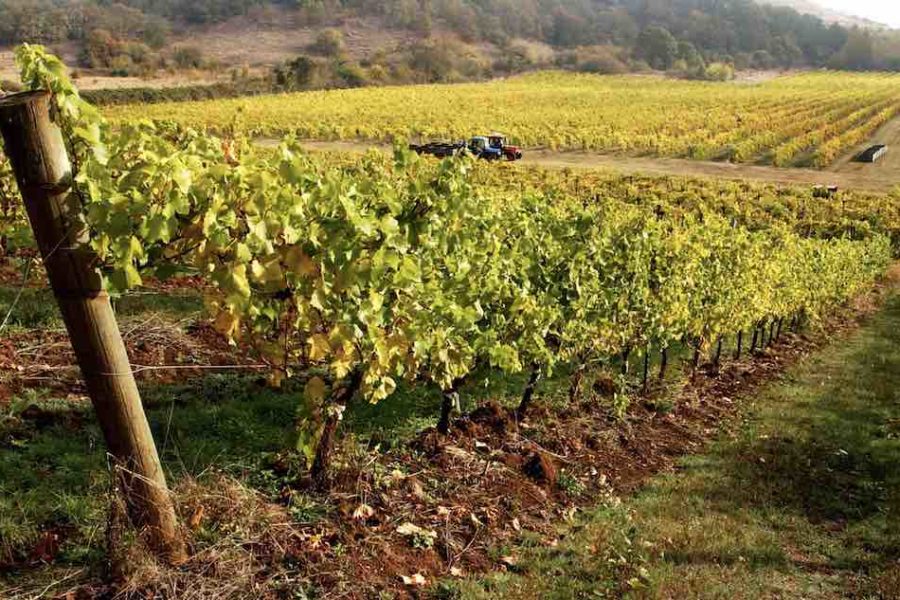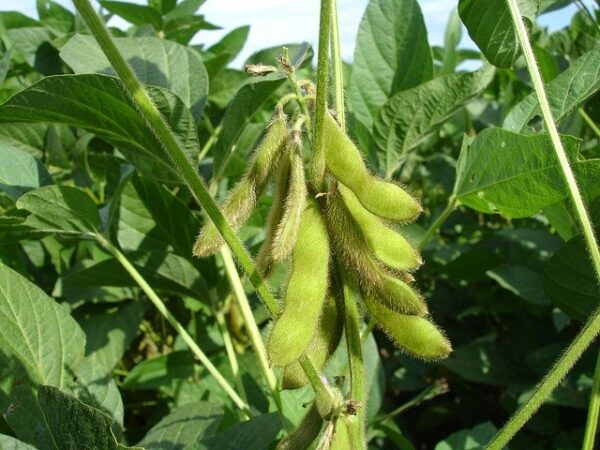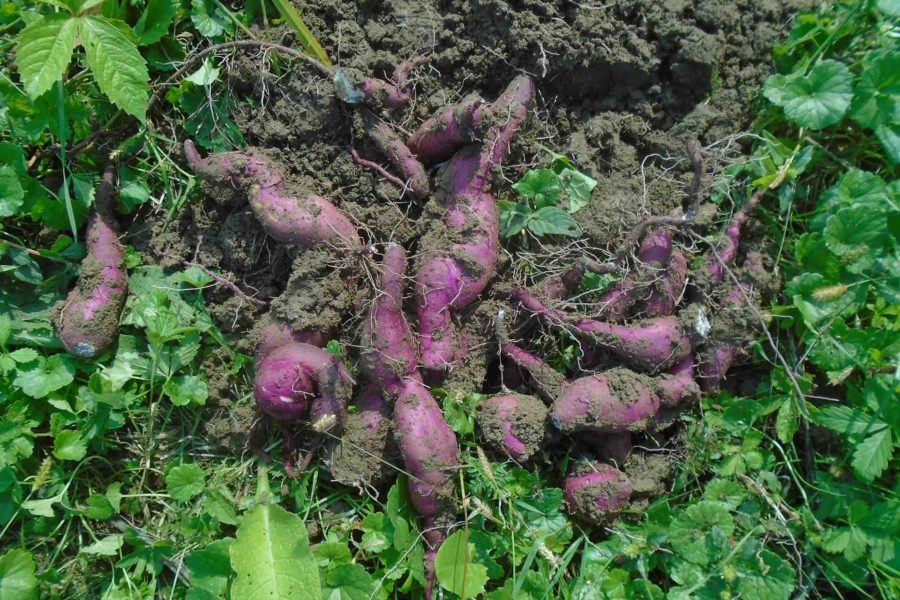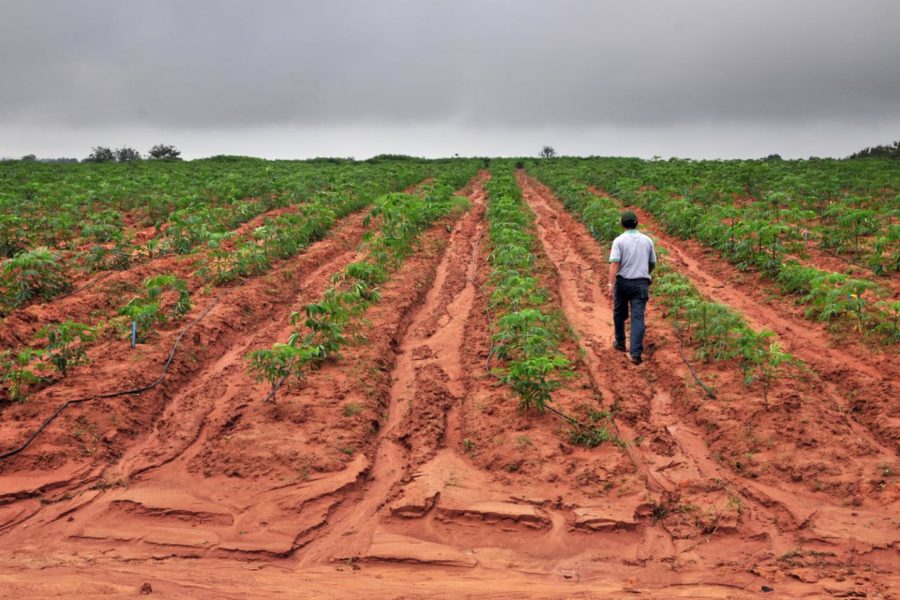Up to 50 percent of fruits and vegetables produced in developing countries are lost in the supply chain between harvest and consumption.
It can take up to 50 litres of water to produce an orange. Losses in fruits and vegetables represent a waste of increasingly scarce resources such as soil and water.
Digital innovations make it possible to track and trace fresh produce from production to consumption. This broadens market opportunities, reduces losses and waste and makes the value chain more transparent.
The large diversity of fruits and vegetables offers options that are adapted to different production systems and markets.
Production of high-value fruits and vegetables can be profitable, compared to other crops, from small amounts of land, water and nutrients.
COVID-19 has demonstrated the importance of short and inclusive value chains – including for fruits and vegetables – as a way to provide better market opportunities for family farmers in urban and peri-urban areas.
More facts here.

